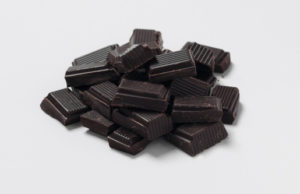As a result of the stress that comes along with juggling home and work, it is easy to reach for the most comforting food choice to make us feel better. Let’s talk about some ways to choose comforting foods without forsaking and maintaining healthy eating habits.
Since less healthy choices are so available while we are on-the-go. This can add to the level of difficulty when attempting to make healthy food choices. Here are some tips that may make your hectic lifestyle somewhat simpler by planning meals:
Plan your menu for both home and when eating out – Planning meals well in advance will help make sure your meals are healthier and well-balanced. Such as choosing, chicken, fish, salad, fruits and veggies over foods with higher fat and calories. You can substitute potatoes and pizza crust with cauliflower, flour oil and eggs with pumpkin and cook spaghetti squash instead of grain pasta.
Avoid fast food baked goods for breakfast – Don’t be fooled by the healthy “looking” muffin, reach for a yogurt smoothie instead. It will provide you with vitamin C and potassium, high fiber and keep you full from breakfast to lunch.
Prepare Coffee or Tea at home – Often times, barista coffee can be flavored with syrups that are high in fructose. Additionally, while waiting in line at your local coffee shop, you may be more apt to choose an unhealthy breakfast choice. Skip the impulse purchase and brew your coffee or tea at home.
Passing on the less healthy comfort food choices can be more challenging when you’re busy. Often times, it’s easy to lose track of time and skip lunch. No matter how heavy your workload, make time to leave the office and eat your lunch. Starving through lunch will only lead to making unhealthy food choices later.
In order to maintain a healthy diet, you should prioritize time to purchase and prepare healthy eating choices. Although a home cooked substitution isn’t always possible, these tips can help you choose food that will give you all the comfort you need with none of the guilt.
All content of this newsletter is intended for general information purposes only and is not intended or implied to be a substitute for professional medical advice, diagnosis or treatment. Please consult a medical professional before adopting any of the suggestions on this page. You must never disregard professional medical advice or delay seeking medical treatment based upon any content of this newsletter. PROMPTLY CONSULT YOUR PHYSICIAN OR CALL 911 IF YOU BELIEVE YOU HAVE A MEDICAL EMERGENCY.






